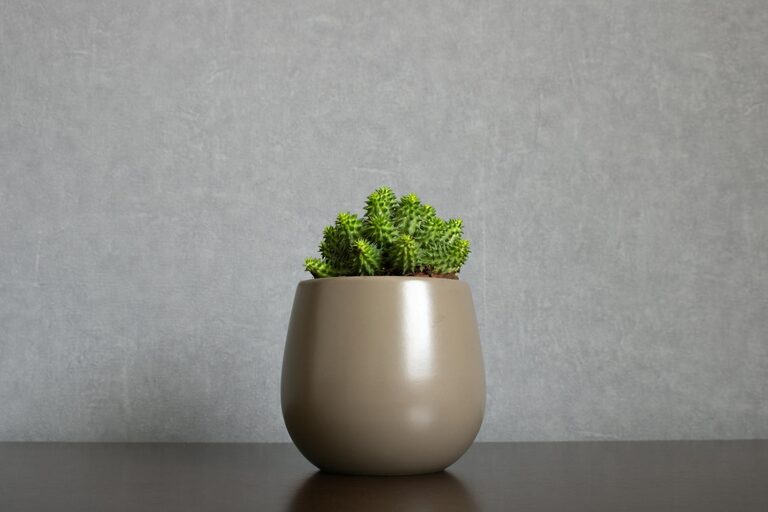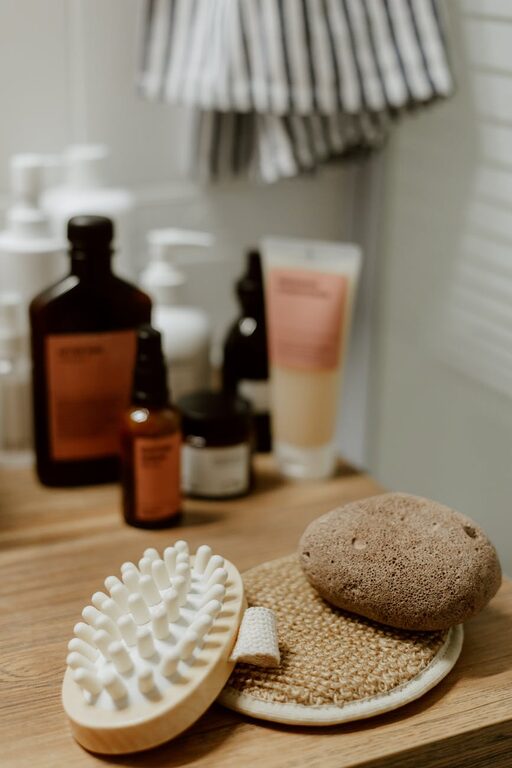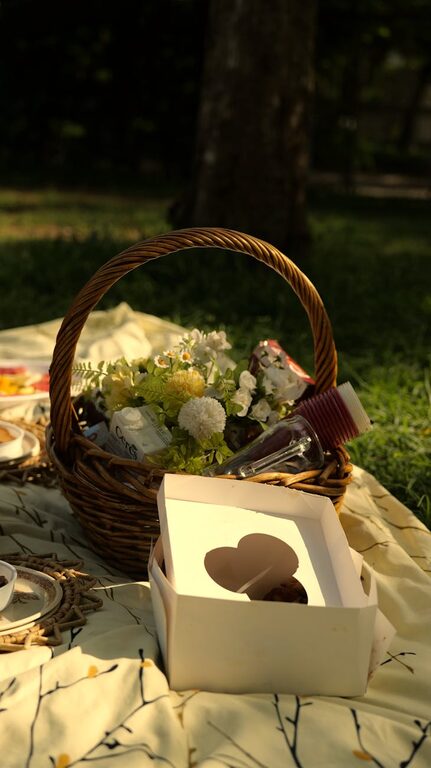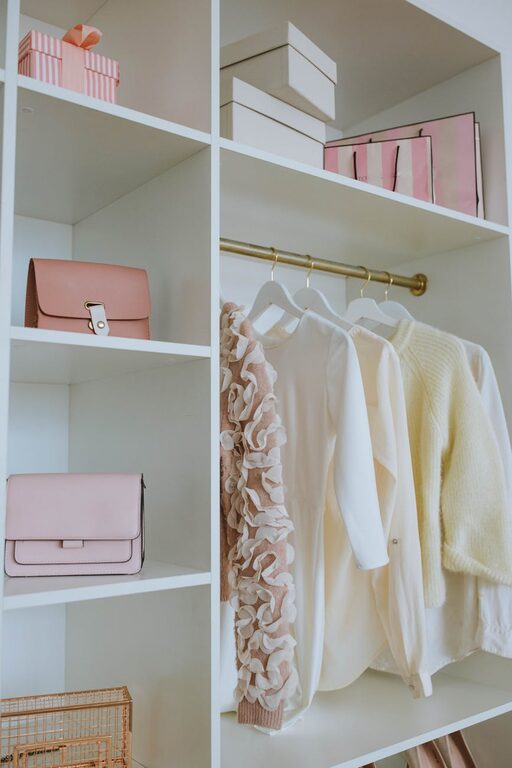
Growing your own herbs indoors is a rewarding and practical way to add fresh flavors to your meals while brightening up your living space. Whether you have a large kitchen or a tiny windowsill, starting a small herb garden indoors can be easy and enjoyable. This guide covers everything you need to know to get started, from choosing the right herbs to providing proper care.
Why Grow Herbs Indoors?
Indoor herb gardens offer several benefits:
– Freshness: Pick herbs right when you need them, ensuring optimal flavor.
– Convenience: No need for a backyard or garden plot—perfect for apartments.
– Decoration: Green plants add color and life to your indoor spaces.
– Cost savings: Reduce grocery bills by growing your own herbs.
– Learning: Great way to gain gardening skills and connect with nature.
Choosing the Best Herbs for Indoor Growing
Some herbs adapt better to indoor conditions than others. When selecting herbs, consider your kitchen’s light and your cooking preferences.
Easy Herbs for Beginners
– Basil: Thrives in bright light, perfect for Italian dishes.
– Mint: Grows vigorously, prefers moderate light.
– Parsley: Requires bright indirect light and regular watering.
– Chives: Compact with mild onion flavor, tolerates lower light.
– Thyme: Small leaves, loves sunlight and well-drained soil.
– Oregano: Heat and sunlight lover, great for Mediterranean recipes.
Avoid large or bushy herbs that need a lot of space and light, like rosemary, unless you have a bright, sunny spot.
What You’ll Need to Start
– Containers: Pots or planters with drainage holes.
– Potting soil: High-quality, well-draining indoor potting mix.
– Seeds or seedlings: Choose mature seedlings for quicker results, or seeds for variety.
– Light source: A sunny windowsill or grow lights if sunlight is limited.
– Watering tools: Spray bottle or watering can with a narrow spout.
– Fertilizer: Balanced liquid fertilizer suitable for herbs.
Step-by-Step Guide to Starting Your Indoor Herb Garden
1. Select the Perfect Location
Most herbs need at least 6 hours of light per day. A south-facing window is ideal. If natural light is limited, consider LED grow lights to provide the needed energy.
2. Choose and Prepare Your Containers
Use pots with holes in the bottom to prevent waterlogging. Terra cotta pots are popular because they allow soil to dry more evenly, reducing root rot risk.
3. Add Potting Soil
Fill containers with a lightweight potting mix designed for indoor plants. Avoid using garden soil, which can be too dense and may introduce pests.
4. Plant Your Herbs
– If starting from seeds: Sow seeds according to package instructions, usually about ¼ inch deep.
– For seedlings: Gently transplant into the pots allowing enough room for growth.
Water lightly after planting.
5. Water Carefully
Keep the soil moist but not soggy. Most herbs prefer to dry out a little between watering. Using a spray bottle can help avoid overwatering.
6. Provide Adequate Light
Position your containers where they can get plenty of sunlight. Rotate pots occasionally to ensure even growth.
7. Feed Your Herbs
Every 4-6 weeks, use a diluted liquid fertilizer to supply essential nutrients. Avoid overfeeding, which can cause leggy, weak plants.
Caring for Your Indoor Herb Garden
Watering Tips
– Check soil moisture by touching the top inch.
– Avoid water pooling in the saucer under pots.
– Increase humidity during dry winter months with a small humidifier or pebble tray.
Pruning and Harvesting
– Regular trimming encourages bushier growth.
– Harvest leaves by pinching just above a leaf node.
– Avoid cutting more than one-third of the plant at a time.
Dealing with Common Problems
– Yellow leaves: May indicate overwatering or lack of sunlight.
– Pests: Look out for aphids or spider mites; wipe leaves and consider natural insecticidal soap.
– Leggy plants: Often caused by insufficient light; move herb to brighter spot.
Tips to Maximize Success
– Start small with two or three herb varieties you use regularly.
– Keep a gardening journal to note watering schedules and growth.
– Group herbs with similar light and water needs.
– Use clean pots and fresh soil to reduce disease risk.
– Repot after several months if roots outgrow the container.
Conclusion
Starting a small indoor herb garden is a fun and practical project that anyone can do with a little care and attention. With the right herbs, containers, and light, your kitchen can become a vibrant source of fresh flavors all year round. Happy gardening!
—
Feel free to share your experiences or ask questions in the comments below. Growing herbs indoors is easier than you think—give it a try today!




